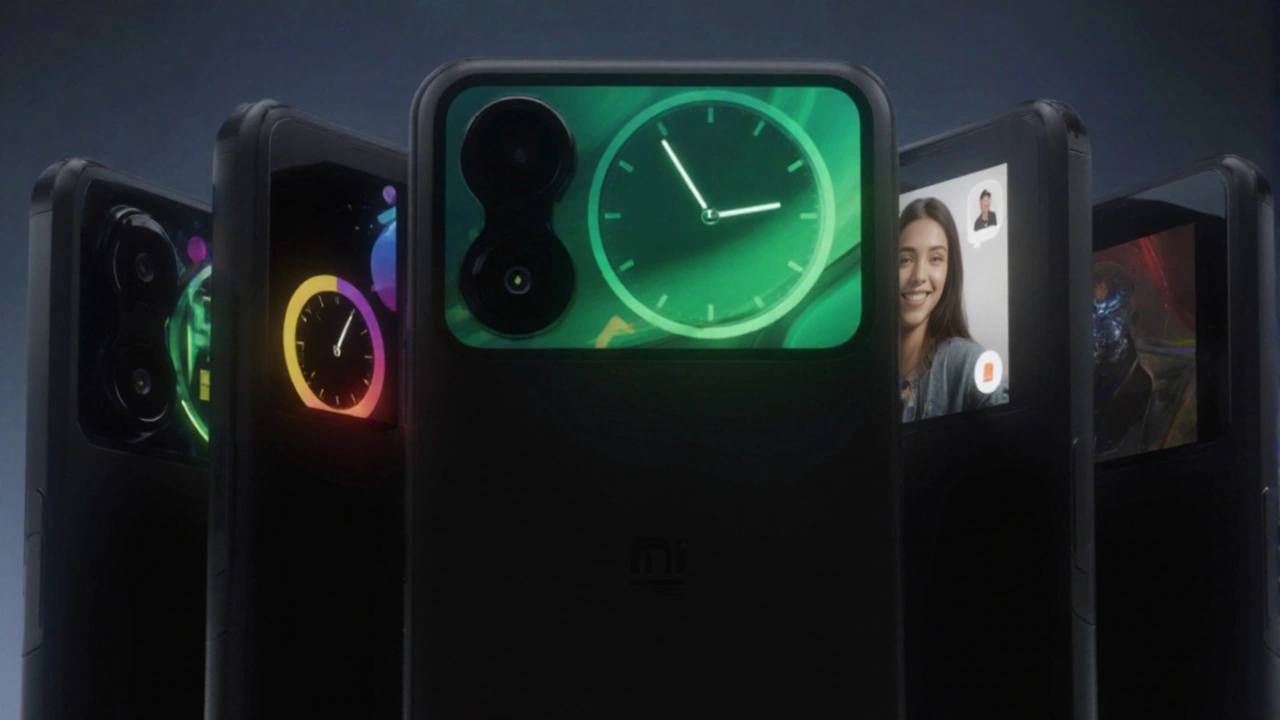Dual Display Smartphones – What They Are and Why They Matter
Ever wondered why a phone would have two screens? A dual display smartphone packs two separate panels into one device, letting you do more without juggling apps. Think of it as having a tiny tablet attached to your phone – you can watch a video on one screen while texting on the other, or keep a map open while you browse.
Key Benefits of a Dual Screen
First up, multitasking gets a massive boost. With two screens you can run two apps side‑by‑side, just like a laptop split‑screen. That means you can answer emails while checking social feeds, or reference a recipe while watching a cooking video. Gamers also love the extra real‑estate; many titles expand the view onto the second panel, giving a wider field of vision.
Second, productivity jumps. Business users report that editing documents on one display while keeping a video call on the other feels natural. The separate screens keep your workspace organized – no more app‑swap frustration.
Third, creativity flourishes. Photo editors can place the original shot on one side and the edited version on the other, making adjustments faster. Designers can sketch on one panel while pulling up reference images on the second.
Choosing the Right Dual Display Phone
Not all dual screen phones are created equal. Look for a device with a sturdy hinge or folding mechanism; a flimsy joint turns a cool feature into a daily annoyance. Battery life matters too – powering two screens can drain fast, so a 4,500 mAh+ battery is a safe bet.
Software support is another deal‑breaker. The best models integrate dual‑screen mode deeply into Android, offering shortcuts to launch apps on the second screen instantly. If the UI feels clunky, you’ll waste time figuring it out instead of using it.
Some popular options to consider:
- Samsung Galaxy Z Fold series – folds into a tablet, premium build, strong app ecosystem.
- Microsoft Surface Duo – two separate 5.6‑inch panels that swivel, great for office apps.
- LG V60 ThinQ – adds a detachable second screen, useful if you want flexibility.
Finally, check the price. Dual display phones sit at the high‑end of the market, so decide which features you truly need. If you mainly want a larger canvas for movies and games, a tablet might be cheaper. If you need true phone‑tablet integration, invest in a dedicated dual screen model.
Bottom line: dual display smartphones turn a regular phone into a mini‑productivity hub. They shine for multitaskers, gamers and creators who crave extra screen space without carrying another device. Test a few in‑store, weigh hinge durability, battery size and software smoothness, and you’ll find a model that fits your daily routine.

Xiaomi 17 Pro Max Unveiled: Dual‑Display Phone Packs 7,500 mAh Battery
Xiaomi's new 17 series hits the Chinese market with a rear OLED screen, the Snapdragon 8 Elite Gen 5 chip and a 7,500 mAh battery on the Pro Max. The line offers three models, starting at CNY 4,499, and promises multi‑day use, new selfie tricks and gaming possibilities. Launch begins Sep 27, 2025, with a global rollout slated for later months.
Read More